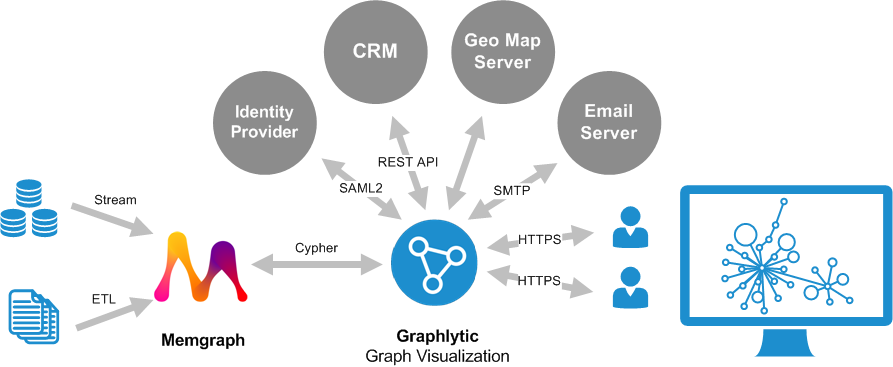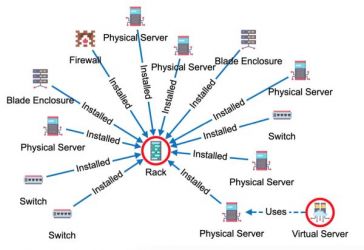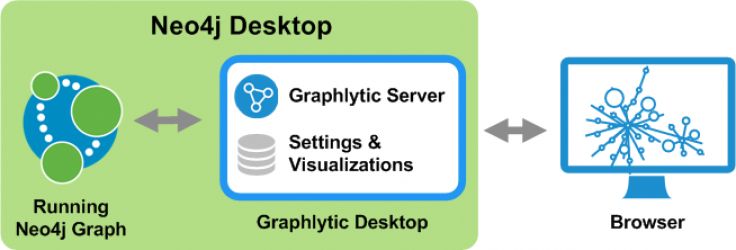Starting with the 4.1 release of Graphlytic we have added support for Memgraph DB and Memgraph Cloud. In a few clicks your Memgraph instance can be connected to any Graphlytic installation and teams using Graphlytic can now leverage Memgraph's out-of-the-box ability to stream data into a graph and use real-time analysis.
Organizations using Memgraph can benefit from Graphlytic's intuitive visualization, or query templates. With the auto-refresh feature, all real-time changes in Memgraph can be visualized instantly, making it an excellent choice for building real-time dashboards.

What is Memgraph
Memgraph stands out as the sole database enabling application developers to easily engage in real-time streaming graph computation. It allows end-users to quickly set up an instance and directly consume data from sources like Kafka, helping them leverage its wide range of features including high-speed graph queries and advanced algorithms like PageRank and Community Detection.
Memgraph provides flexible deployment options to suit different needs. It can be deployed on your own infrastructure using MemgraphDB, on a laptop for a seamless developer experience via Memgraph Labs, or as a managed service through Memgraph Cloud.
Today, renowned organizations such as NASA, SpaceX, and Samsung are already utilizing Memgraph for their graph computing needs.
Memgraph visualization in Graphlytic
Graphlytic is a powerful and easy-to-use graph analytics UI that can be used by advanced users as well as by non-technical users. Graphlytic's intuitive visualization can be used without any extensive configuration, just a Memgraph connection information is needed and you are ready to go.
Advanced features in Graphlytic, like virtual properties, data schema restrictions, user access permissions, query templates, timeline, geo map, etc. can now be used by all Memgraph users. Additional integrations of the Graphlytic platform help seamlessly blend Memgraph into existing infrastructure, providing features like single sign-on, custom geo map server, REST API, or email server usage for sending notifications.







